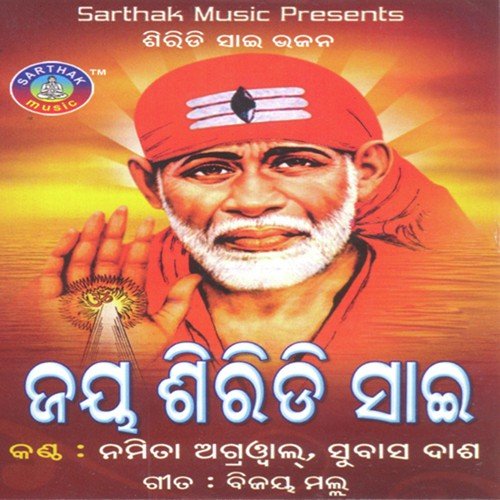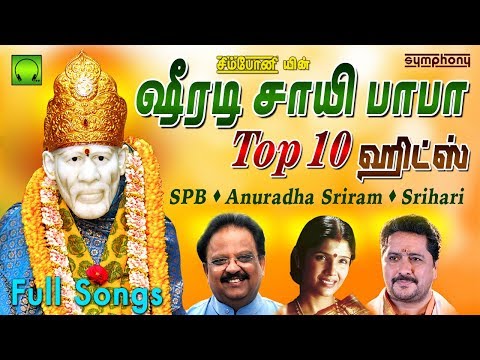

All the songs in the cassette were set to the tunes of popular Bollywood songs. the time has come for the martial youth to arise). the army of Rama is on the move) and "Aya samay jawano jago" ( transl. The organizations also distributed a cassette named as Jai Shri Ram, containing songs like "Ram ji ki sena chali" ( transl.

Volunteers at Ayodhya at the time would write the slogan on their skin, using their own blood as ink to signify their devotion. The nationalistic organisation Vishva Hindu Parishad and its Sangh Parivar allies, including the Bharatiya Janata Party, used it in their Ayodhya Ram Janmabhoomi movement. In the late 1980's, the slogan "Jai Shri Ram" was popularised by Ramanand Sagar's television series Ramayan, where it was used by Hanuman and the Vaanar Sena ( monkey army) as a war cry when they fought the demon army of Ravan in order to free Sita.

They were about the duo: Bol Siyavar or Siyapat Ramchandra ki jai. were never about Ram as an individual, let alone a warrior. He encouraged the use of "Sita-Ram" as opposed to the then widely used "Salaam" as a greeting, since the latter implied social inferiority. The most widely known political use of Ram began with Baba Ram Chandra's peasant movement in Awadh in the 1920s. The concept of Ramrajya, "the rule of Ram", was used by Gandhi to describe the ideal country free from the British. It is argued that the story of Rama offers a "very powerful imaginative formulation of the divine king as the only being capable of combating evil". The Ramayana became widely popular in the 16th century. The worship of Rama increased significantly in the 12th century, following the invasions of Muslim Turks. "Rama" greetings have been traditionally used by people irrespective of religion. A popular greeting invoking Ram is "Jai Ram ji ki" and "Ram-Ram". The traditional usage of "Jai" in a slogan was with " Siyavar Ramchandraji ki jai" ("Victory to Sita's husband Rama"). Photojournalist Prashant Panjiar wrote about how in the city Ayodhya female pilgrims always chant " Sita-Ram-Sita-Ram", while the older male pilgrims prefer not to use Rama's name at all. The slogan has since then been employed for perpetration of communal violence against people of other faiths. The expression was used by the Indian Hindu nationalist organisations Vishva Hindu Parishad (VHP), Bharatiya Janata Party (BJP) and their allies, which embraced the slogan in the late 20th century as a tool of increasing the visibility of Hinduism in public spaces and went on to use it as a battle cry. The proclamation has been used by Hindus as an informal greeting, as a symbol of adhering to Hindu faith, or for projection of varied faith-centered emotions. Jai Shri Ram ( IAST: Jaya Śrī Rāma) is an expression in Indic languages, translating as "Glory to Lord Rama" or "Victory to Lord Rama".


 0 kommentar(er)
0 kommentar(er)
